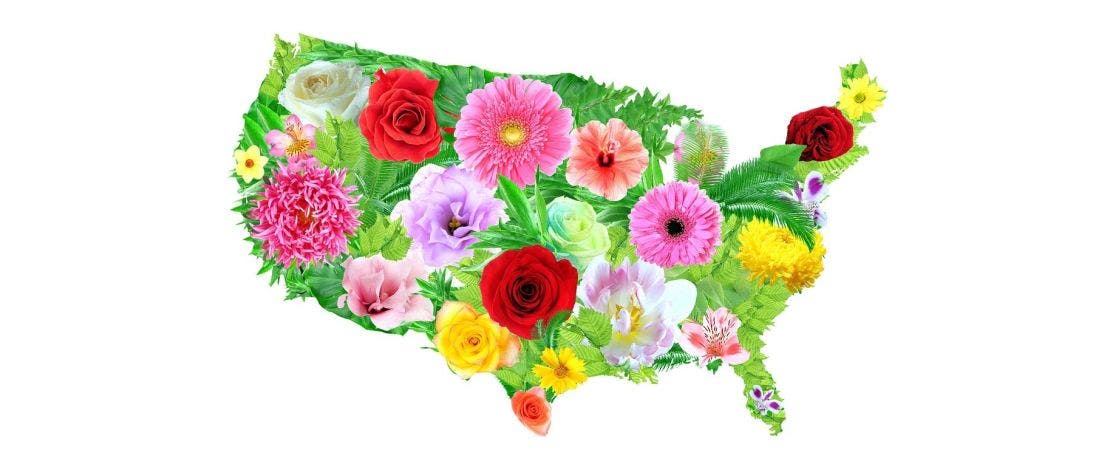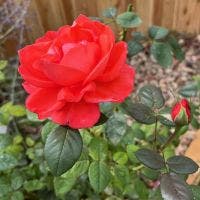It’s Easy to Find Your Growing Zone and Why it Matters to Gardeners
The USDA has divided the country into climate zones based on temperature. Each Zone is numbered so it’s easy to remember and to identify whether a plant will grow well in your location. Simply enter your zip code on this page (under "Shop by", open the menu by "Hardiness Zone") to find your USDA Hardiness Zone, commonly called a growing zone. Once you’ve completed this easy step, you’ll see your Zone in parentheses after “My Growing Zone”.


How to Shop Wayside Gardens by Growing Zone
Visit a product (screenshot below) or cateogry page (on the left) on the website. Enter your zip code and Wayside will remember your Zone for the duration of your visit. On a mobile product page, scroll below the plant features and enter your Zip Code. Register so that every time you return to the site, your Zone will be activated. Look for check marks and "grows in my Zone" flags on the product images to indicate if the plant is hardy in yoiur Zone.


Why Do We Need Growing Zones?
The USDA created the Hardiness Zone Map to help gardeners select the plants prescribed to grow best in their location. The map is based on average annual minimum winter temperature and divided into 10-degree Fahrenheit zones. As we know, plants perform differently based on their native habitat. Plants can be hardy or tender in a specific Zone. They may also be frost tender or heat tender which is why it is so important to select plants that have performed well in your specific growing zone. The lowest and highest temperatures plants can handle varies. These are guidelines based on historical success.
Plant Selection
Of course, whether specific plants will grow in your Zone is not the only consideration when selecting your garden plants, but we recommend it to be your first. What else should you consider?
What are your personal preferences?
Native, all-season blooming, winter interest, fall color, spring blooming, etc. If you have a favorite plant or flower, mass it into a concentrated area as a focal point.
Will they fit into your landscape design?
Size, form, texture, color, fragrance. Is your garden full sun or shade? Is there space in the garden for the plants at mature size or is it time to break ground on a new/another garden?
Growing Seasons
Source: USDA.gov
USDA.gov approximates the growing season by calculating the period between the average date of the last killing frost in the spring to the average date of the first killing frost in the fall. This represents a temperature threshold of 28 degrees F or lower at a frequency of 5 years in 10.
The growing season length is determined from daily minimum temperature values. Threshold surface temperatures of 32, 28, and 24 degrees Fahrenheit are generally used to determine the effects of air temperature on plants. That effect is classified by these temperature ranges and terms for the plants that are impacted by them:
- 32 to 29 degrees F is a light freeze: Tender plants killed, with little destructive effect on other vegetation.
- 28 to 25 degrees F is a moderate freeze: Widely destructive effect on most vegetation with heavy damage to fruit blossoms, tender and semi-hardy plants.
- 24 degrees F and less is a severe freeze: Heavy damage to most plants. At these temperatures, the ground freezes solid, with the depth of the frozen ground dependent on the duration and severity of the freeze, soil moisture, and soil type.
It should be noted that temperatures near the ground may be significantly lower than temperatures measured at five feet, the normal height that air temperatures are observed. It is not unusual for surface temperature and air temperature to vary by four degrees or more. For this reason, the WETS program allows users to select the three threshold temperatures.
How to find my First Average Annual Frost Date and my Last Average Annual Frost Date?
NOTE: These are estimates based on historical data. The USDA updated the Hardiness Zone Map in November of 2023.






